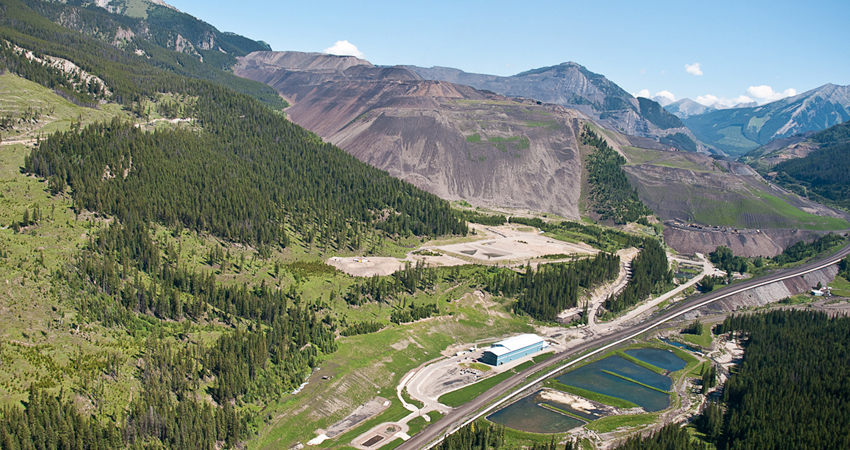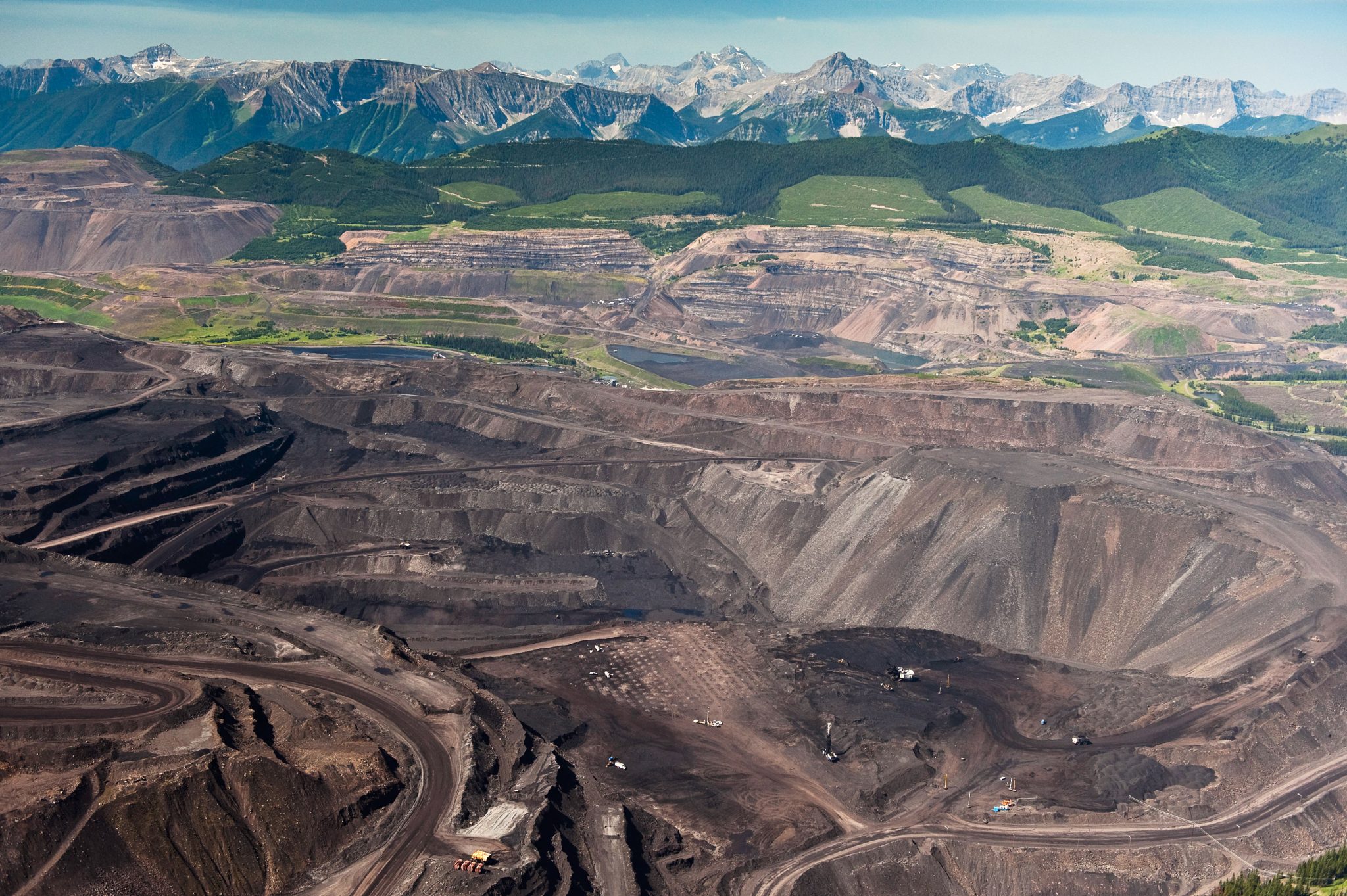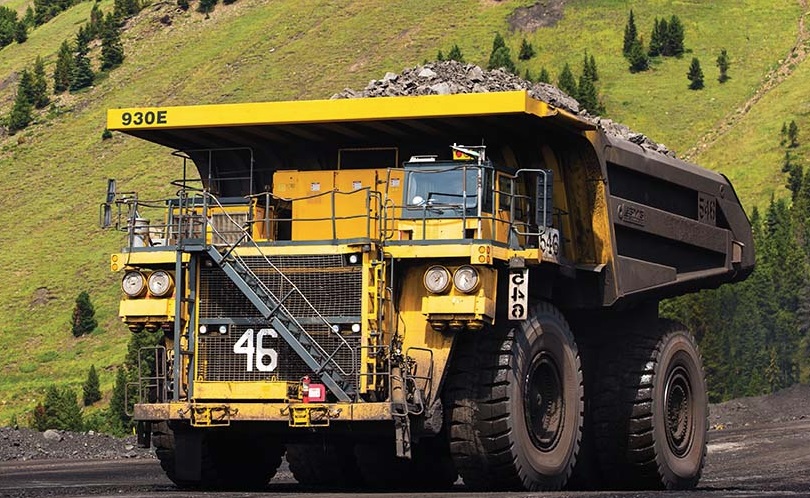Following charges under the Fisheries Act in 2012, Teck Resources pleaded guilty in Fernie court on Friday, and will pay $30-million for two offences.
Both counts stem from the discharge of selenium and calcite into a mine settling pond and the Fording River from Teck’s Fording River and Greenhills steelmaking coal operations in the Elk Valley.
Submitting a guilty plea, the B.C. Provincial Court accepted Teck’s joint sentencing submission with the Crown, leading to the $30-million fine for each count under Section 36(3) of the Fisheries Act.
The section of the Fisheries Act is specifically about the prohibited deposit of deleterious substances.
“No person shall deposit or permit the deposit of a deleterious substance of any type in water frequented by fish or in any place under any conditions where the deleterious substance or any other deleterious substance that results from the deposit of the deleterious substance may enter any such water,” reads Section 36(3) of the Act.
Crown Counsel is not pursuing any further charges against Teck for the same discharge of selenium and calcite from their steelmaking coal operations in the Elk Valley from 2013 to 2019.
MORE: Ktunaxa Nation: Teck’s $60-million fine is step to “acknowledging the harm” caused by mining operations (March 26, 2021)
Don Lindsay, Teck President and CEO published an open letter following the resolution of the charges, the company’s guilty plea, and their sentencing resolution with the Crown.
“We sincerely apologize and take responsibility for the impacts of these discharges,” wrote Lindsay in the letter. “Everyone at Teck is committed to responsible mining that protects the environment. Which is why, over the nine years since, we have worked hard to solve this challenge and ensure the watershed is sustained for the long term.”

Lindsay noted their efforts on the Elk Valley Water Quality Plan, which was established in 2013 and approved in 2014. According to Lindsay, Teck has invested $1-billion so far on the plan’s implementation including the construction of water treatment facilities at Line Creek and Elkview, while two facilities at Fording River are currently being built and are expected to be online in late 2021.
“We plan to further invest up to $655-million over the next four years alone on work to protect the watershed, with even more to come in the years ahead.”
“Again, to the Ktunaxa First Nation, whose territory we operate on, and to our communities in the Elk Valley, we deeply regret these impacts and we apologize,” wrote Lindsady. “You have my commitment that we will not waver in our focus on addressing this challenge and working to ensure that the environment is protected for today and for future generations.”
Environment and Climate Change Canada announced in October 2020 that they were issuing a direction under the Fisheries Act to provide additional measures to improve water quality and to prevent calcite deposition. Teck said the measures are complementary to what is already included in their Elk Valley Water Quality Plan.
PREVIOUS: Teck put under new Elk Valley water quality measures (October 30, 2020)

The full open letter from Don Lindsay can be found below following Friday’s resolution in B.C. Provincial Court:
“Today, Teck reached a resolution of charges under the Fisheries Act in connection with discharges of selenium and calcite from our steelmaking coal operations in the Elk Valley of British Columbia (B.C.) in 2012.
We sincerely apologize and take responsibility for the impacts of these discharges. Everyone at Teck is committed to responsible mining that protects the environment. Which is why, over the nine years since, we have worked hard to solve this challenge and ensure the watershed is sustained for the long term.
Although there has been mining in the Elk Valley for more than 120 years, it was not until 2010-2012 – through independent research commissioned by Teck – that we began to understand the full extent of the impacts of selenium and calcite releases on water and aquatic health in the valley. We learned this was an extremely complex challenge connected to the long history of mining in the region, and that it required an extraordinary response. The Elk Valley is home to thousands of Teck employees and their families, and no one is more committed to solving this challenge than they are.
In 2013, under direction from the Government of B.C. and in consultation with the Ktunaxa Nation, scientists, and local communities, we developed the Elk Valley Water Quality Plan. The plan, approved by the B.C. Government in 2014, is a long-term strategy with the goal of stabilizing and reversing the trend of selenium, calcite and other constituents while improving the health of the watershed.
We’ve invested about $1 billion so far to implement the plan and have constructed cutting-edge water treatment facilities that are successfully removing selenium and calcite from local waterways. We’ve undertaken a monitoring program that is tracking water quality and aquatic health in the Elk Valley and we are sharing the results with government, Indigenous Nations and the public. Further, we’ve implemented a major research and development program that is now conducting some of the most advanced mining-related environmental science anywhere in the world. The plan is adaptive, so as new and better technologies are developed, we will make them part of our approach.
While there has been significant progress since 2012, much more remains to be done. Additional water treatment facilities are under construction now, with more in the planning stages. We plan to further invest up to $655 million over the next four years alone on work to protect the watershed, with even more to come in the years ahead.
To our knowledge, a water quality plan of this size and complexity has never been done before anywhere in the world. It involves complicated science and world-leading environmental technology. It takes time and perseverance – there are no quick fixes. Along the way we have made progress and made mistakes, and we’ve learned from both, always striving to do better. We are committed to meeting this challenge and responsibly maintaining the billions in economic activity and over 15,000 jobs supported by our operations that are so critical to the Elk Valley and to B.C.
Again, to the Ktunaxa First Nation, whose territory we operate on, and to our communities in the Elk Valley, we deeply regret these impacts and we apologize. You have my commitment that we will not waver in our focus on addressing this challenge and working to ensure that the environment is protected for today and for future generations.”




